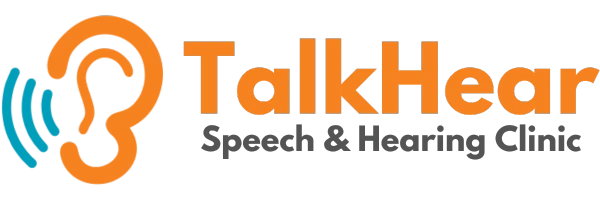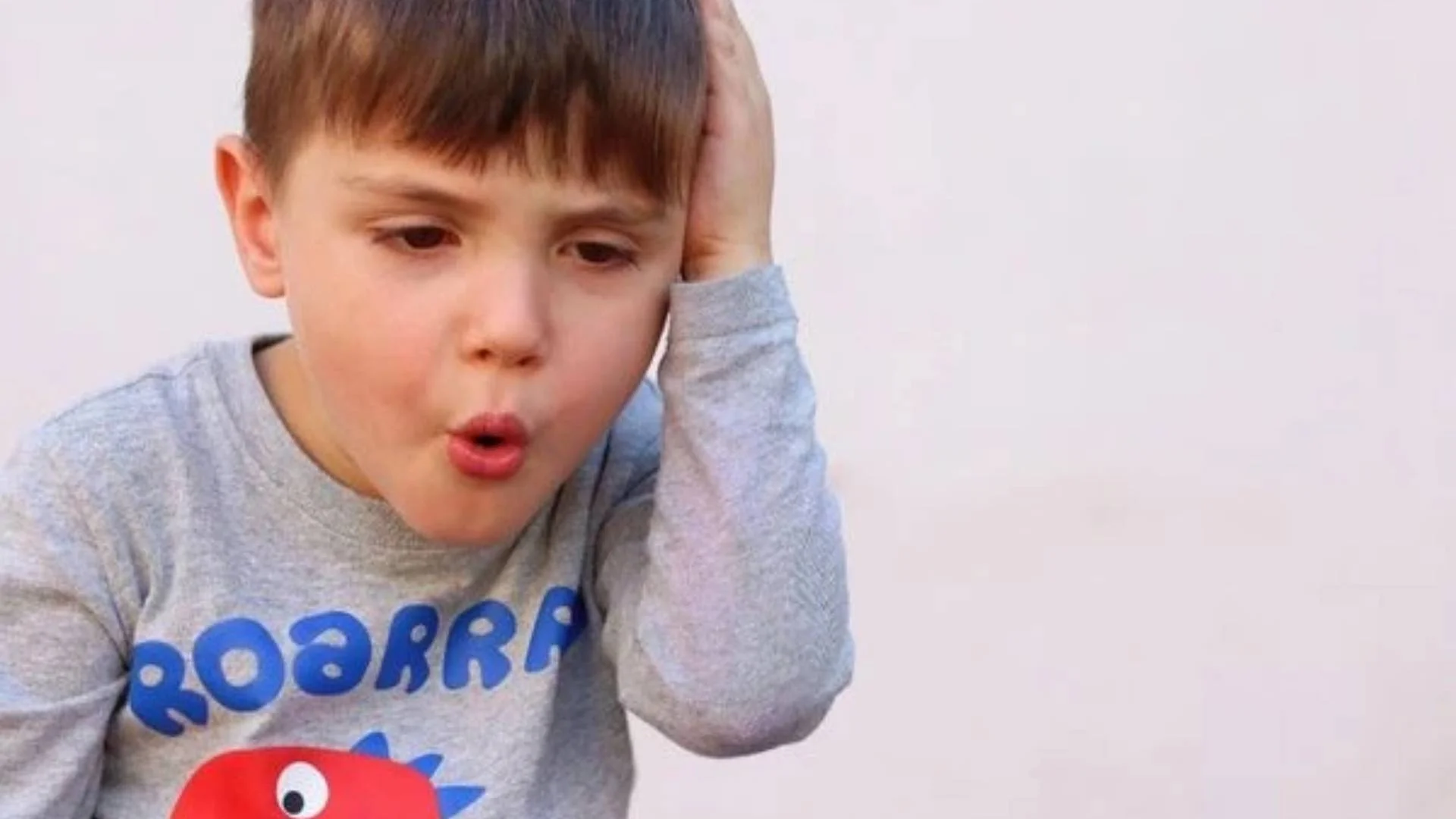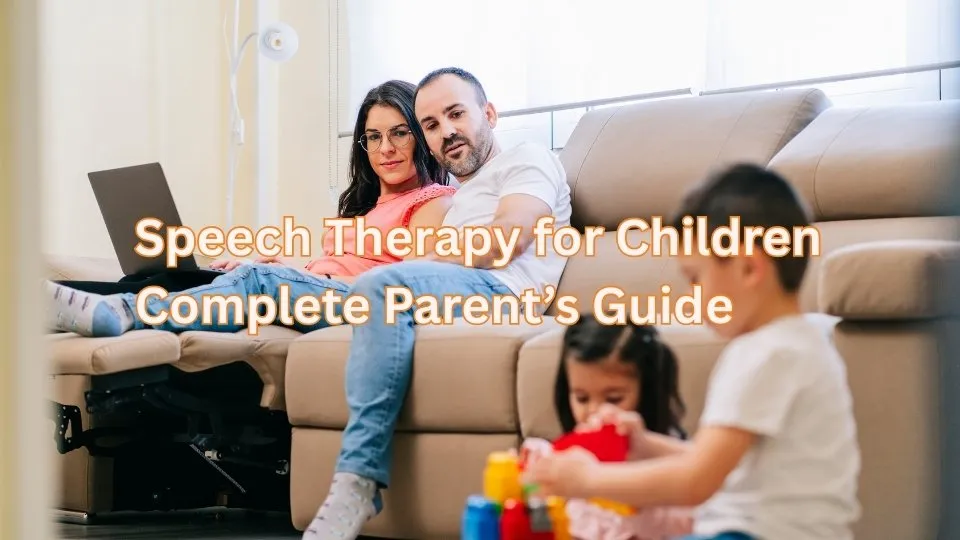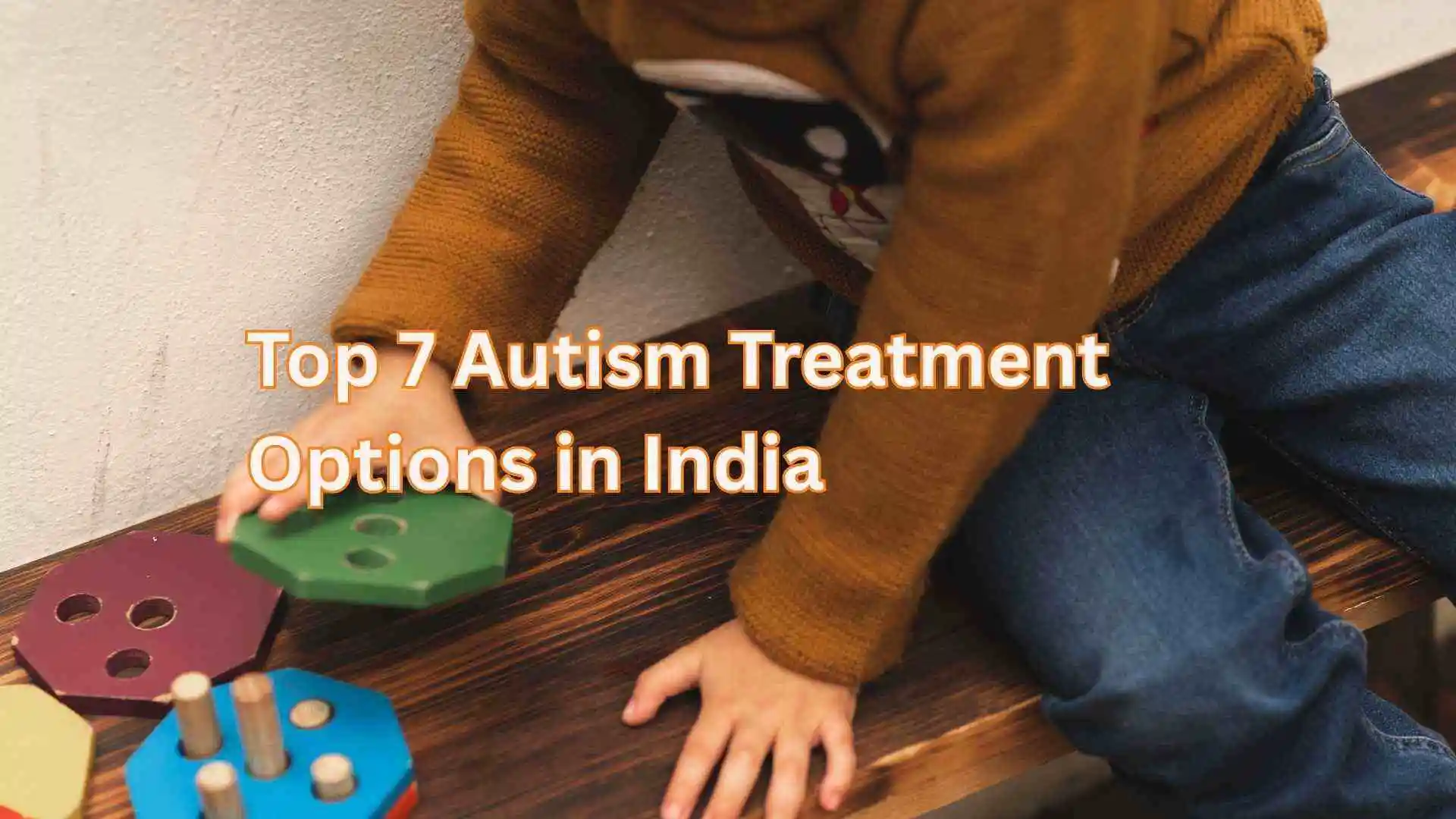Understanding Autism: Addressing Head Banging and Other Self-Harming Behaviors.
Autism Spectrum Disorder (ASD) encompasses a wide range of neurodevelopmental conditions that affect communication, behavior, and social interaction. Among the various behavioral challenges associated with autism, self-injurious behaviors (SIBs) such as head banging, self-biting, skin picking, or hair pulling can be deeply distressing for caregivers and loved ones.
At TalkHear Speech & Hearing Clinic, we work closely with families to address these behaviors with compassion, evidence-based strategies, and a personalized approach. Understanding why these behaviors occur is the first step toward creating meaningful change.
What Causes Self-Harming Behaviors in Autism?
Self-harming behaviors are not intentional acts of violence or manipulation. They are often a form of communication or self-regulation that serves a specific function for the individual.
Common Causes Include:
- Sensory Processing Difficulties
- Communication Barriers
- Frustration or Emotional Distress
- Medical Conditions (e.g., ear infections, headaches)
- Need for Attention or Routine
- Biological/Neurological Factors
The Role of Sensory Processing
Many children on the autism spectrum experience hypersensitivity (over-responsiveness) or hyposensitivity (under-responsiveness) to sounds, lights, touch, or movement. For example:
A child may bang their head to block out overwhelming sensory input (e.g., loud noise).
Alternatively, they may do it to seek sensory stimulation, especially if they are under-responsive.
Solution:
Our occupational therapists provide sensory integration therapy that helps children regulate their sensory input in safe, structured ways.
Communication Challenges
Children with limited verbal communication may resort to self-harming behaviors as a way to express:
- Hunger or pain
- Fatigue
- Desire for attention or a preferred item
- Frustration with an unmet need
Solution:
Using AAC tools (Augmentative and Alternative Communication) like PECS, visual aids, or sign language can give a voice to non-verbal children and significantly reduce distress-driven behaviors.
Emotional and Behavioral Triggers
Emotional factors such as anxiety, fear, or changes in routine can also act as triggers. Even happy excitement can become too overwhelming, leading to self-injury as a response.
Solution:
Applied Behavior Analysis (ABA) and positive behavior support strategies help identify patterns and replace self-injurious behaviors with functional alternatives.
Strategies for Reducing Self-Harming Behavior
1. Create a Safe Environment
- Padded corners, soft furniture, helmets (if necessary), and quiet spaces can reduce injury during a meltdown.
2. Sensory Diet
- A daily routine of sensory activities (swinging, bouncing, brushing) helps regulate the nervous system.
- Tailored by occupational therapists.
3. Enhance Communication
- Implement speech therapy and visual communication systems to reduce frustration.
- Support spontaneous and functional language development.
4. Behavioral Interventions
- Work with behavior therapists to analyze triggers (ABC: Antecedent-Behavior-Consequence).
- Reinforce positive coping behaviors and teach self-control gradually.
5. Routine and Predictability
- Use visual schedules to prepare the child for transitions.
- Limit surprises that could trigger anxiety-based behaviors.
6. Medical Evaluation
- Rule out underlying conditions like ear infections, reflux, or dental pain that may cause discomfort.
7. Emotional and Psychological Support
- Help your child develop emotional regulation skills with the help of clinical psychologists or counselors.
When to Seek Professional Help
Contact a developmental specialist, pediatric neurologist, or therapy center like TalkHear Clinic if:
- Self-harming behavior happens frequently or severely
- You notice visible bruises or injuries
- The child seems to be in pain, distress, or regression
- You feel overwhelmed or unsure about how to help
Frequently Asked Questions (FAQs)
Q1. Is head banging a sign of autism?
A: While head banging can occur in both neurotypical and autistic children, persistent and repetitive head banging is more common in children on the spectrum and may signal a sensory or communication-related issue.
Q2. Will my child grow out of self-harming behavior?
A: Some children may outgrow it naturally, especially with early support, but others may need consistent therapy. The key is to address the underlying cause rather than wait and watch.
Q3. Is medication necessary for self-injurious behavior in autism?
A: Not always. Most cases respond well to therapy-based interventions. However, a developmental pediatrician or psychiatrist might suggest medications in severe or medically complex cases.
Q4. How do I respond in the moment when my child starts head banging?
A: Stay calm. Ensure safety first. Avoid yelling or punishing. Use gentle redirection, apply a calming strategy (like deep pressure or sensory tools), and analyze the trigger later.
Q5. Can self-harming behaviors be eliminated?
A: While some children may eliminate these behaviors, others may continue to show them occasionally. The goal is to reduce frequency severity and replace them with safer coping methods.
Support at TalkHear Speech & Hearing Clinic
We offer an integrated care model, including:
- Speech Therapy
- Occupational Therapy & Sensory Integration
- ABA Therapy & Behavior Management
- Developmental Assessments
- Special Education Support
Serving families in Dwarka, Janakpuri, Uttam Nagar, Palam, and nearby areas.
Book a consultation today at 917042216164
Visit us: www.talkhear.in



